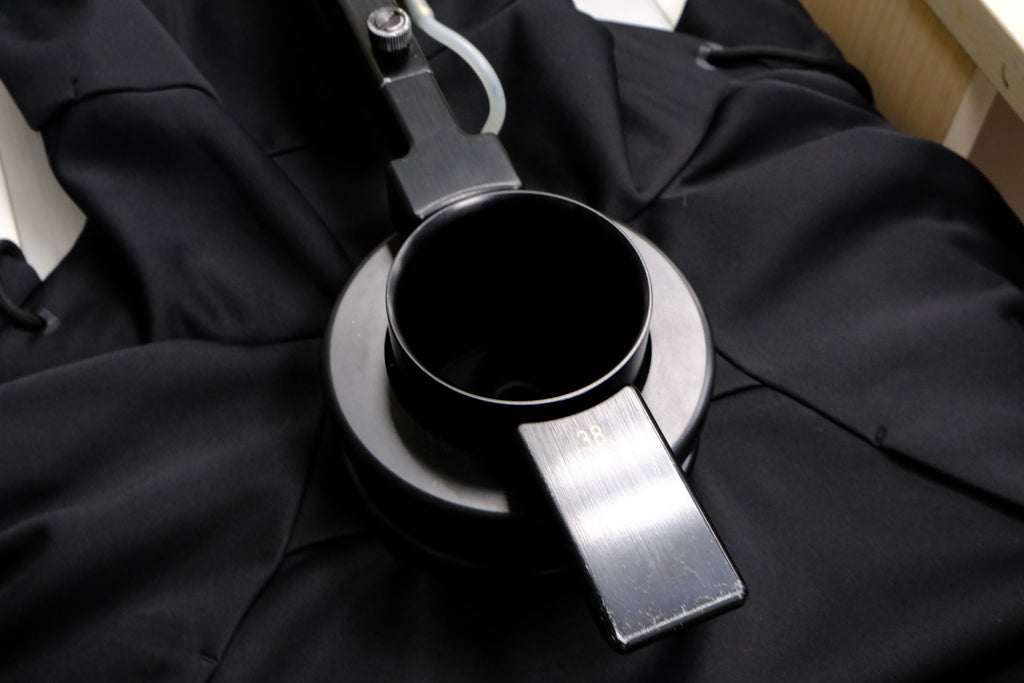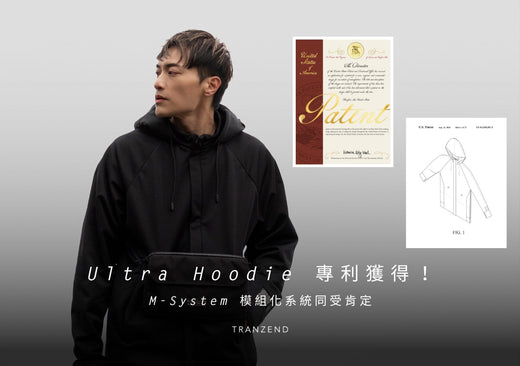What is the principle behind making a functional jacket windproof, waterproof and breathable? What is the testing method?

Before getting to know functional clothing, I always thought it was amazing why a jacket can be windproof, waterproof and breathable? Unexpectedly, these two seemingly contradictory functional characteristics can coexist, thereby creating a functional jacket that is both windproof and breathable. Today, I will take you to understand the principle of their coexistence and how this function is tested.
Windproof, waterproof and breathable
The quality of breathability and windproofness depends on the density of the fabric. The higher the density of the fabric, the worse the breathability, but the better the windproofness. On the contrary, the lower the density of the fabric, the better the breathability, but the worse windproofness. In addition, water-repellent or waterproofing is achieved through coating or lamination to isolate the penetration of rainwater, which I won’t go into details here.
[Extended reading: Teach you the difference between "waterproof" and "water-repellent"! 〕
 And what should we do when our fabrics have high density and good windproofness, but poor air permeability?
And what should we do when our fabrics have high density and good windproofness, but poor air permeability?
Let’s start with the basics. Why do you sweat when wearing a raincoat? This is because the sweat vapor released by the body cannot be dissipated when a person is active, so condensation will occur in the clothing, causing coldness and discomfort. However, what today’s outdoor practitioners or outdoor enthusiasts call functional jackets with good breathability are actually It refers to good moisture permeability. Breathability and moisture permeability are two different concepts. Moisture permeability is the evaporation of steam to the outside through the body surface to achieve the effect of cooling down and maintaining comfort and dryness .
The key reason for moisture permeability is the microporous membrane . We will attach a layer of microporous membrane under the surface fabric. The surface of the microporous membrane has billions of micropores per square inch. These pores are about 20,000 times smaller than water droplets. About 700 times larger than water vapor molecules. Therefore, sweat vapor can easily pass through the fabric to dissipate heat, and the pores are smaller than water droplets, preventing external water from penetrating . Therefore, the microporous waterproof and breathable membrane has the functions of water resistance and moisture permeability.
Standard test
Air Permeability
There are many testing methods for air permeability, such as the American standard ASTM D737, the European standard ISO 9237, the Japanese standard JIS L1096, etc., and most of them are measured by the air flow rate. Under the specified pressure difference condition, the air flow starts from the air pressure. The high side flows through the fabric to the side with low air pressure. The air flow rate can be directly measured or converted by measuring the pressure on both sides of the flow aperture. The air permeability of the fabric is determined by the air flow rate.
The commonly used test method is American standard ASTM D737 . The following is the breathability degree corresponding to the test data.
- 100 CMF – Ultra breathable
- 60 CMF – Breathable
- <30 CFM – Windproof
- <10 CFM – Ultra windproof
- 0 CFM – completely windproof
 Taking the Ultra Hoodie as an example, using the ASTM D737 test method, the air permeability value is 1.74 CFM, which is an ultra-windproof grade. It can effectively resist the intrusion of strong winds and keep you warm and comfortable inside.
Taking the Ultra Hoodie as an example, using the ASTM D737 test method, the air permeability value is 1.74 CFM, which is an ultra-windproof grade. It can effectively resist the intrusion of strong winds and keep you warm and comfortable inside.Moisture permeability

A specific humidity difference is formed on both sides of the fabric, and water vapor enters the dry side through the sample. By measuring the change in the weight of the moisture-permeable cup over time, parameters such as the water vapor transmittance of the sample can be obtained. Usually There are two test methods: upright cup and inverted cup.
Taking Ultra Hoodie as an example, the JIS L 1099 A1 positive cup method is used. The A-1 method uses calcium chloride solution to simulate sweating. The desiccant calcium chloride is put into the cup. The fabric is fixed on the cup and placed Weigh the cup after 24 hours in a temperature- and humidity-controlled environment to see how much water has been absorbed into the cup through the fabric. After calculation, the moisture permeability unit is expressed as the grams of sweat that can pass through the fabric per square meter per 24 hours (g/m2 ‧24hrs).
Generally, the moisture permeability of high-performance fabrics measured by the A-1 method is in the range of about 10,000 to 15,000 g/m2‧24hrs , and Ultra Hoodie measured a moisture permeability level of 12029.7 g/m2.24hrs, indicating that it has a fairly rapid moisture permeability. Moisturizing ability, it can quickly dissipate heat and moisture in the body.
Conclusion
Do you all understand why functional jackets are windproof, waterproof and breathable? The density of the fabric will affect its breathability and windproof functionality, and using fabrics with microporous membranes can effectively increase moisture permeability and accelerate the dispersion of vapor in the body.
TRANZEND's latest fundraising product, Ultra Hoodie, uses an original three-layer fabric structure, which is windproof and water-repellent and has high moisture permeability, keeping you dry and comfortable inside. Learn more now!
Learn more about Ultra Hoodie
TRANZEND
Facebook: Tranzend Taiwan
Instagram: tranzend_taiwan
Email: sales@tranzend.co.uk




Hurray, this is just the right information that I needed. You make me want to learn more! Stop by my page Webemail24 about Data Mining.
@吳文源 我們有做防潑水的西裝褲哦~
衣服到處買的到,有沒有做褲子?
Leave a comment